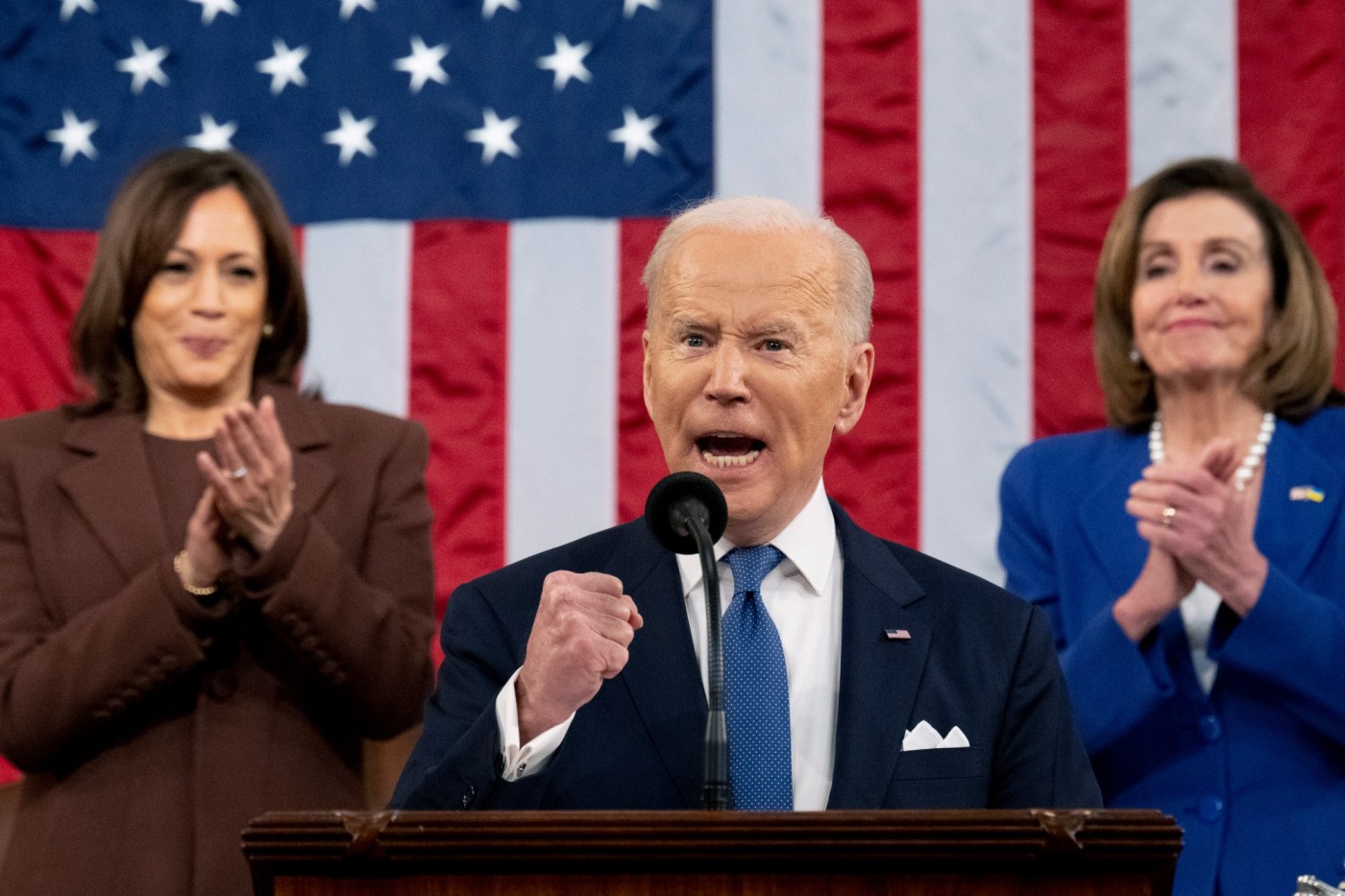
Schoen: Where do Democrats go from here?
In the weeks since Republicans decisively won the White House as well as both chambers of Congress, Democrats and pundits alike have voiced countless theories for their defeat.
However, the even more critical question is, where do Democrats go from here?
Do Democrats double down on the “resistance” that has defined the party for the better part of a decade?
Or do Democrats try a different approach and return to the center in order to win back millions of voters who have abandoned the party?
Ever since 2016, the Democratic Party’s platform can almost entirely be defined by one word: resistance. Whatever President-elect Donald Trump supported, Democrats rejected and organized in resistance to, often at the expense of formulating their own competing policies.
Now, with the politics of resistance soundly rejected, if Democrats want to remain politically viable, they need to return to the center and develop policies for actual issues. They need a specific agenda to address inflation, create jobs, and better manage the economy.
This should include a strong position on border security with a viable pathway to citizenship for migrants already here, instead of the open border advocacy that the resistance wing, led by the progressive “Squad” loudly called for during Trump’s first term.
On the economy, Democrats should reject progressives’ preference for overbearing taxes and an expansive welfare state. Instead, moderate Democrats must work with the GOP to achieve less regulations, agree to job-boosting tax cuts, and cutting inflationary yet wasteful government spending.
To be clear, the 2024 election exposed the hollowness of resistance politics. Voters made it clear that they want elected officials who will address the actual issues, not those who are defined solely by what – or who – they oppose.
Indeed, rather than articulating an agenda to address voters’ concerns about the economy, cost of living, immigration, or crime, Democrats – and Vice President Kamala Harris in particular – almost entirely campaigned on the need to stop Trump, lest his “fascism” destroy our democracy.
Yet as we saw, this was a costly mistake. Trump won because voters felt he had actual solutions to kitchen-table issues, and Democrats’ appeals largely fell flat with moderate and swing voters.
Put another way, as Brett Stephens noted in the New York Times, adherence to resistance politics “led Democrats astray…It distracted them from the task of developing superior policy responses to the valid public concerns he was addressing.”
Fortunately for Democrats, they should look to the past to develop a roadmap for the party’s future.
Four decades ago, also in the wake of a devastating election loss – former Vice President Walter Mondale’s in 1984 – Democrats, led by then-Governor Bill Clinton, created the Democratic Leadership Council to bring the party back to the center and push back against the growing influence of the party’s left-wing.
The DLC advocated for policies that many leftwing Democrats today would shudder at – balancing the budget, welfare reform, and a tougher stance on crime – but that was what Democrats needed then, and that is what they need now.
In that same vein, what made the DLC effective was its focus on commonsense values that appealed to the majority of Americans – smaller government, fiscal responsibility, safe cities, and border security.
Comparatively, the resistance playbook seeks to divide Americans via progressive identity politics, promotion of an unpopular “woke” agenda, and a refusal to compromise on solutions to challenges facing all Americans.
The fact that Donald Trump won the popular vote with one of – if not the – most racially diverse coalition assembled by a Republican in decades underscores the ineffectiveness of progressives’ resistance platform, as well as its toxicity to the Democratic Party as a whole.
To that end, the dangers to Democrats posed by progressive-led resistance politics are backed by the data. Beginning in 2016, progressives have driven Democrats significantly further to the left than the average American voter, risking the overall party’s viability should they continue diverging.
An analysis from the Financial Times shows that in the last eight years, Democrats hard left turn on supporting increased immigration has taken them nearly 60-points to the left of the average voter.
As John Burn-Murdoch wrote, the data “suggests that Trump’s election radicalized the left, not the right.” And while this analysis was done prior to the 2024 election, there is little reason to believe Democrats have made up the lost ground.
The first step for Democrats’ new approach should be to move back to where the average voter is. They can start by committing to working with centrist Republicans for commonsense solutions to the problems we face.
Doing so is also smart politically. Working with – rather than against – Trump, will benefit Democrats if his second term does in fact produce a strong economy, secure borders, a more stable geopolitical environment, and overall prosperity.
Ultimately, where Democrats go from here remains to be seen, but the 2024 election was a stinging rebuke of a party with little to offer aside from stubborn opposition to Donald Trump.
If Democrats want to avoid being consigned to minority status for years to come, it is critical that they shun calls to double down on the politics of resistance and begin offering genuine, centrist solutions that address Americans’ concerns.
Douglas Schoen is a longtime Democratic political consultant.

